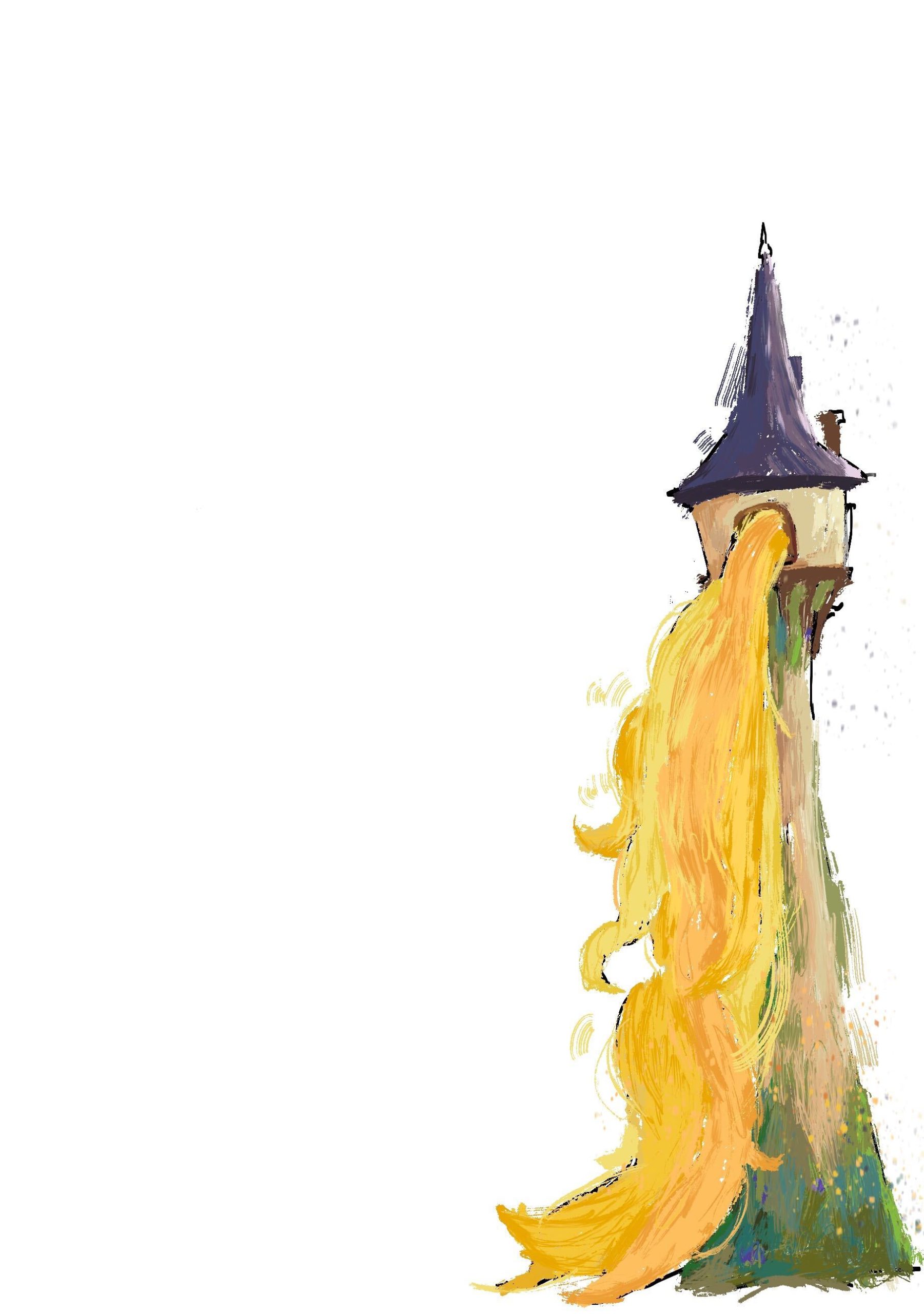
By now, you’ve probably heard of the term “cultural appropriation,” which is basically adoption an aspect of another culture and using it inappropriately or disrespectfully. One of the most common forms of appropriation is white people wearing dreadlocks, Bantu knots and cornrows , all of which are protective hairstyles often worn by Black women.
This is really common in women’s fashion and with celebrities, the Kardashian-Jenner cult being a prime example. If you’re white and still need convincing that such styles are not for you, keep reading for a history lesson and some race-appropriate hairstyle recommendations.
Cornrows and other protective styles have a cultural history rooted in oppression that white people who sport them will never understand. When created, these certain styles represented age, marital status or even social rank.
In the 1970s, Black women repopularized cornrows as a style to reject the chemical relaxers that flooded the market. Their return to the style was also a rejection of the European beauty standard pushed onto Black women for decades.
With such a rich history stemming from the rejection of white culture, it makes sense that it is inappropriate for white women to wear these styles. To do so and ignore their significance to Black women is to act on white privilege. They are more than a style — they are history. A history that I will never be able to grasp fully.
There are plenty of styles better suited for white women’s hair with their own cultural significance and physical appeal. Feathered hair and Celtic braids are two great examples of styles designed for the texture of white hair that also look incredible.
Celtic braids, created centuries ago by ancient Celts, often symbolized some of the same things as cornrows like age, social rank or marital status.
Since they stem from a culture not rooted in oppression based on race, it’s not disrespectful for white women to wear them. They are based on cultural history but one that is acceptable for white people to adopt.
Not to mention they are gorgeous and can be dressed up or down based on the occasion.
If you are simply looking for a cosmetic switch, then feathered hair is the way to go. Icons like supermodel Fara Fawcett were the blueprint for this style. Fluffy, bouncy and beautiful, it’s one of the prettiest styles ever created. It gives off fun, playful energy and is perfect for the texture of white women’s hair.
White women should steer clear of protective hairstyles because they are not designed for our hair texture. The process of getting cornrows or dreads can rip out or permanently damage our hair. It’s nature’s way of telling us not to get those styles.
If social conscientiousness and the possibility of ripping one’s hair out are not enough to convince you not to wear such styles, I don’t know what will. The next time you feel like experimenting with your hair, ask yourself, “Would fashion icon Fara Fawcett dawn such a look, and risk cultural appropriation accusations?”
If the answer is no, then maybe you should rethink your choices.
